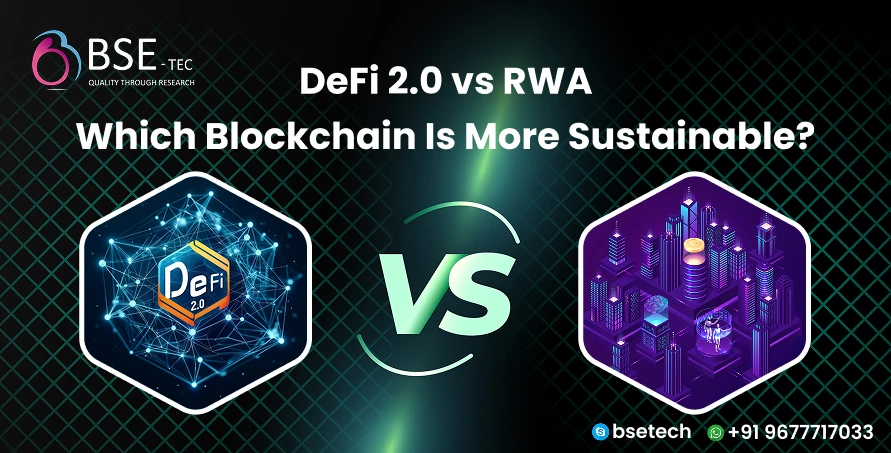
In the rapidly evolving world of blockchain, new buzzwords keep popping up—DeFi 2.0, RWA(real-world assets), tokenization—and with them, heated debates about which approach is truly sustainable. As someone who’s watched this space grow, I get questions like: Are these innovations helping the environment? Are they good for society? Which one is actually the better choice long-term? Let’s unpack this together.
What is DeFi?
DeFi, or decentralized finance, exploded a few years ago. It promised open, permissionless financial services—think loans, savings, trading—without traditional banks. But early versions had their pitfalls: high transaction fees, security issues, and some projects relying on risky collateral.
What is DeFi2.0?
DeFi 2.0 is the next wave. It’s about making these platforms more efficient, scalable, and user-friendly. New models focus on reducing energy consumption, improving security, and making the ecosystem more sustainable. Think of it as upgrading from a classic car to an electric vehicle—more eco-friendly, smoother, and better suited for the future.
What about RWA?
RWA refers to tokenizing tangible assets, like real estate, gold, and art, on the blockchain. Essentially, it’s turning physical items into digital tokens that can be bought, sold, or used as collateral. This opens up investment opportunities to people everywhere, not just the ultra-wealthy.
Real-world assets tilt the focus toward sustainability because they encourage investment in real-world industries, like renewable energy projects or sustainable agriculture, via tokenized assets. This can promote funding for eco-friendly ventures. But success depends on how responsibly these tokens are created and managed.
So, Which is More Sustainable?
Here’s the thing: both have the potential for sustainability, but it depends on how they’re implemented. Let’s look at the key differences:
Environmental Impact
- Decentralized Finance 2.0: Many platforms are shifting to proof-of-stake (PoS) blockchains like Ethereum 2.0, which uses much less energy than traditional proof-of-work systems. This reduces the carbon footprint significantly.
- Real-World Asset: Backing tokens with real assets, like solar farms or organic farms, can directly promote eco-friendly projects. But the blockchain’s own energy use still matters; if used on inefficient networks, it could offset those gains.
Economic & Social Sustainability
- Decentralized Finance 2.0: Offers more inclusive access to financial services, reducing dependence on traditional banking and empowering underserved communities. However, risks remain if platforms aren’t secure or are exploited.
- Real-World Asset: Enables capital to flow into sustainable projects, potentially turning investment into real environmental benefits. Still, it requires responsible management to prevent greenwashing or misuse.
Long-term Viability
- Decentralized Finance 2.0: Aims to fix flaws from earlier, like scalability and security, making it more resilient and ready for mass adoption.
- Real-World Asset: This could anchor digital finance in the real economy, encouraging responsible asset management. However, it needs robust legal and regulatory frameworks.
Finally, Who Wins for Sustainability?
Honestly, it’s not about one being better overall, but about how they’re implemented. If built on efficient networks, DeFi 2.0’s improvements make it more environmentally friendly. Meanwhile, RWA has the power to channel funds into genuinely eco-friendly projects—but only if managed with transparency and responsibility.
In the end, the future of sustainable blockchain lies in combining these innovations—using DeFi’s efficiency with RWA’s real-world impact—to build a financial system that’s good for the planet, thriving communities, and innovation itself.
What do you think? Which approach excites you more? Drop your comments below, and to discuss more, get connected with BSEtec – a blockchain development company.


